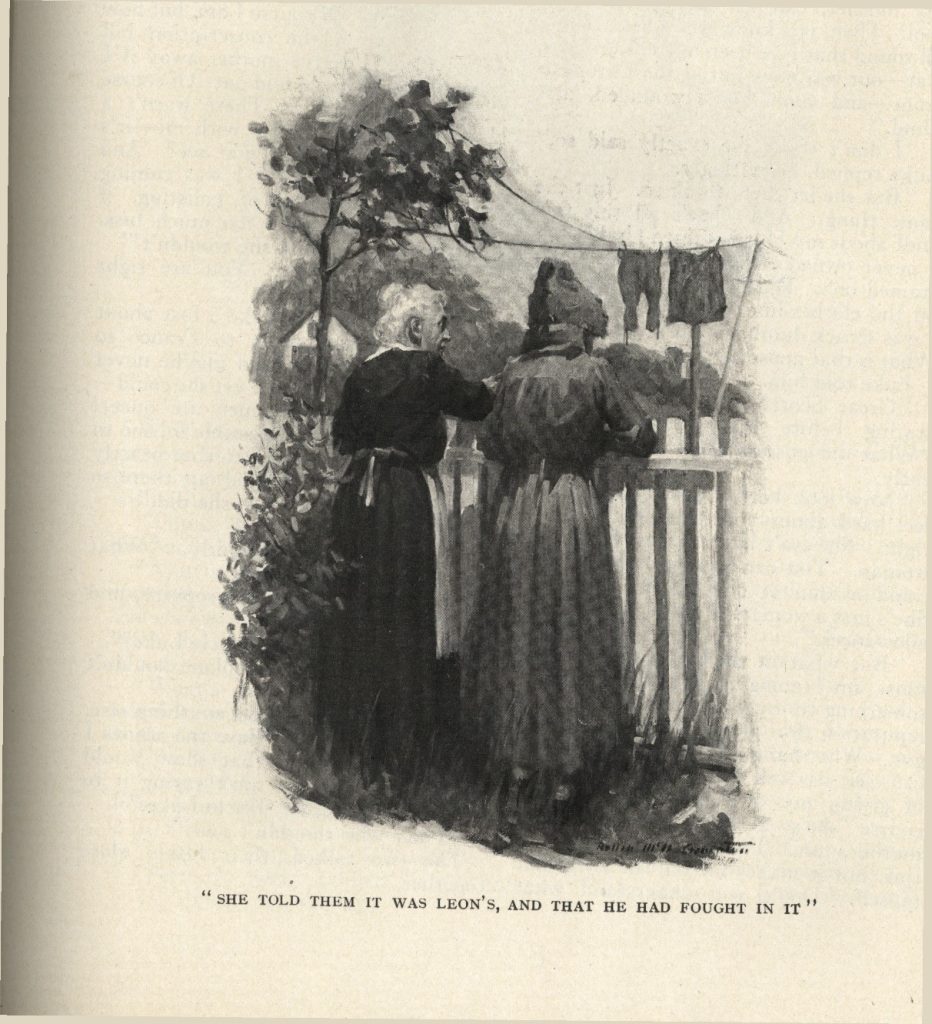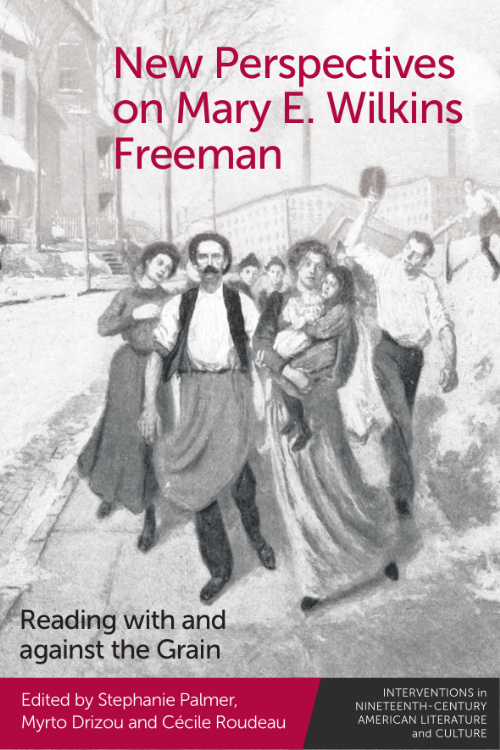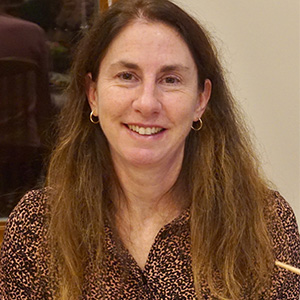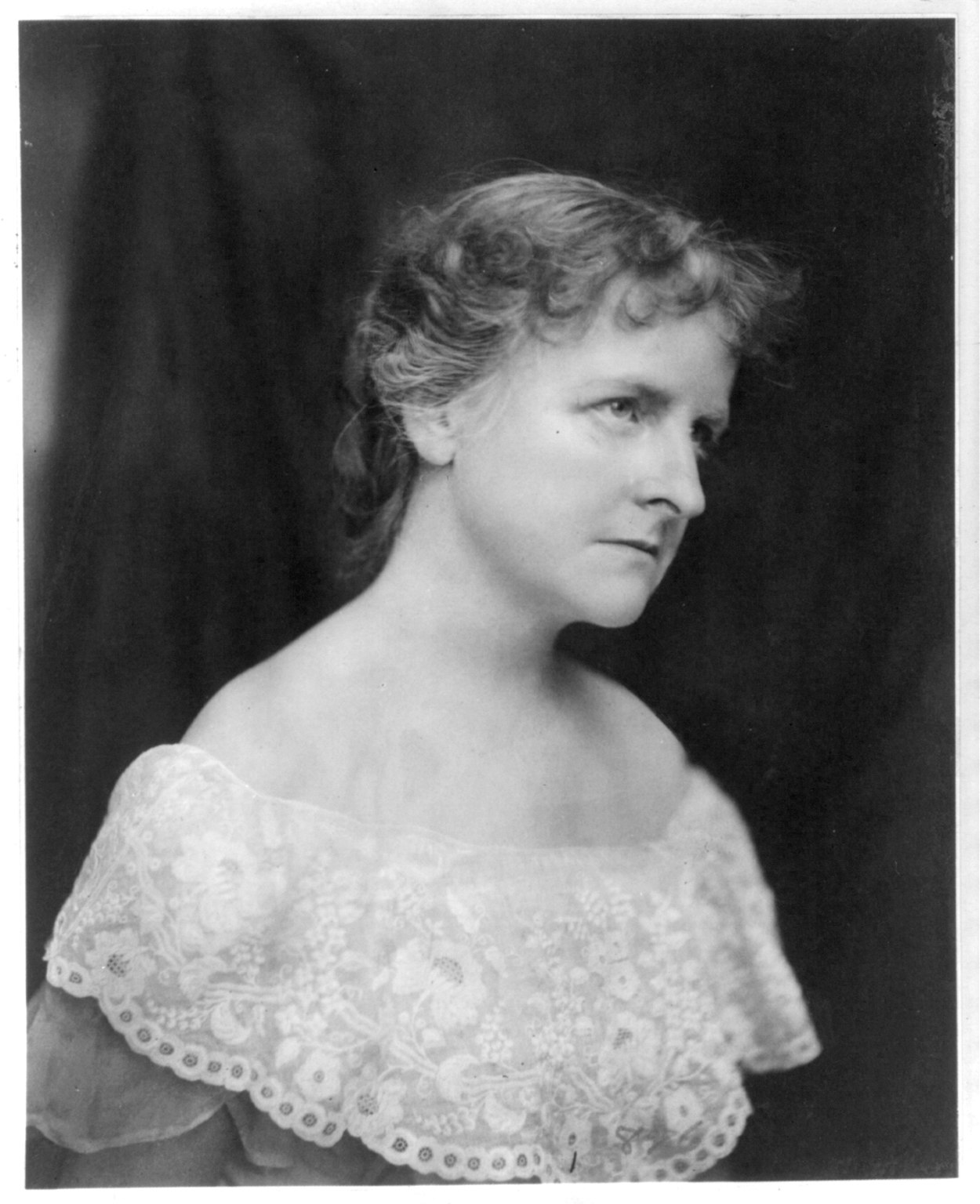
by Stephanie Palmer, Myrto Drizou, and Cécile Roudeau
The US author Mary E. Wilkins Freeman (1852-1930) is best known, read and taught as the author of short regionalist fiction set largely in rural New England, a region she depicts in its period of economic decline or marginalization after the US Civil War. Her work, particularly her short stories, were critically acclaimed during her time. She commanded a wide and enthusiastic readership, both in the United States and abroad, a fact that surprised some contemporary reviewers who did not foresee the popularity of book-length short story collections whose sales could approach those of novels.
Her work was recovered in the 1970s through the 1990s by feminist critics including Michele Clark, Marjorie Pryse, Leah Blatt Glasser, and Mary R. Reichardt who highlighted her sympathetic and realistic depictions of plain and poverty-hardened women, often middle-aged or elderly spinsters whose primary relationships were with other women. This work has been foundational and enormously productive in bringing Freeman back into the classroom, where students enjoy her fiction’s humour, deceptive simplicity, subversive impulses, and supernatural or Gothic elements.

In the story, Freeman links women’s culture to the passions of mobilisation and nation building.
Since the heyday of recovery, scholars are turning to Freeman for different, and equally exciting, reasons. Her work is rich enough to resist many of the frames that have brought her back into visibility, and by rereading her, we are continually intrigued by her ability to proffer new experiences and insights. Our essay collection, New Perspectives on Mary E. Wilkins Freeman: Reading with and against the Grain, develops these new directions. Here are five reasons to read Freeman today.
- In Freeman, the fictional rural New England is not always a nurturing and anti-patriarchal realm. Freeman depicts this realm as a source of confinement, ignorance and suffocation in some of her stories (such as ‘Old Woman Magoun’ (1905), ‘The Reign of the Doll’ (1904), or ‘The Lost Ghost’ (1903), while in others (such as ‘The Prism’ (1901) or ‘Evelina’s Garden’ (1896)), it is a space of dissent and erotic encounter. Donna M. Campbell’s contribution to the volume dares to label Freeman’s strong women as criminals. H.J.E. Champion describes Freeman’s portrayals of girls as a locus of resistance to heterosexuality. In contrast, Jana Tigchelaar and Susan M. Stone emphasise the constructive aspects of bonding between human and nonhuman neighbours.
- Freeman was an ecocritical writer. Stone shows how Freeman showcases fictional ecofeminist protagonists who confront environmental irresponsibility and restrictive views on gender. Cécile Roudeau reads Freeman’s ecocollections Understudies (1901) and Six Trees (1903) out of the delimited historicism of her time, examining impulses in her fiction in which trees, cats, and horses communicate with humans across the culture/nature binary.
- Freeman resonates with world literature. Myrto Drizou places her deviant maternal figures alongside those of the contemporaneous Greek writer Alexandros Papadiamantis. Reading Freeman against the backdrop of the Irish presence in New England, Aušra Paulauskiené examines Catholic tropes in her fiction. Stephanie Palmer argues that Freeman was crucially influential over the maverick British writer Sylvia Townsend Warner.
- Freeman wrote fascinating novels as well as the more familiar short fiction. Neglected by earlier scholars because of their unevenness, her novels convey complex ideas less neatly worked out than in her short fiction. Justin Rogers-Cooper and Laura Dawkins offer complementary readings of her novel The Portion of Labor (1901), about a strike in a New England shoe factory. Their work makes clear just how gritty and class conscious this undeservedly erased novel is. Campbell reads Madelon (1896), a novel about race, criminality, and femininity. The eponymous mixed-race heroine admits to knifing a sexual assailant, but nobody believes her because she is coded as a respectable woman.
- Freeman bridges a realist/modernist divide. We challenge the consensus that Freeman’s output waned after 1902, the date of her marriage to Charles Freeman. It has been accepted that her fears about being swallowed up by matrimony were well founded, that her husband’s abuse and alcoholism distracted her from ever producing good work again. But Freeman’s production after 1902 deserves a closer look. Daniel Mrozowski reads three stories from Freeman’s final story collection, Edgewater People (1918), in terms of the disenchantment, fragmentation, discontinuity, and transition that are associated with modern literature. World War I, he shows, proved a personal marker of change for Freeman as deeply as that felt by any other writer. Monika Elbert takes Freeman’s late fiction seriously and finds within it the distractions and interruptions of modern life.
Freeman’s works are readily available in scholarly and print on demand editions, and there is a nearly full list of her works at Wilkins Freeman Info and news about upcoming events at the Author Society Website.
About the book

New research on Freeman’s fiction that challenges and expands earlier feminist readings of the female realm.
Freeman is best known today for her short regionalist fiction. Recently, Freeman studies have taken new turns including ecocriticism, trauma studies, the Gothic, and queer theory – this essay collection pushes these developments further.
Order your copy of New Perspectives on Mary E. Wilkins Freeman here
About the editors

Stephanie Palmer is Senior Lecturer of Nineteenth-Century American Literature at Nottingham Trent University. She has published on regionalism, social class, and transatlanticism. Along with Myrto Drizou and Cécile Roudeau, she inaugurated the Mary E. Wilkins Freeman Society.

Cécile Roudeau is Professor of American Literature at Université Paris Cité. Her research focuses on the articulation between literature and politics in the long nineteenth century.

Myrto Drizou is an Assistant Professor of English at Boğaziçi University in Turkey, where she teaches American and transatlantic literature. She is one of the founding members of the Mary E. Wilkins Freeman Society.





